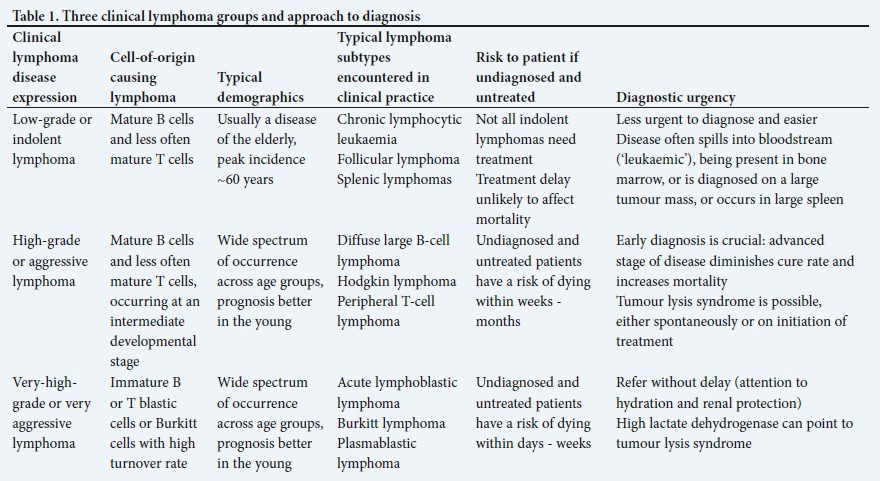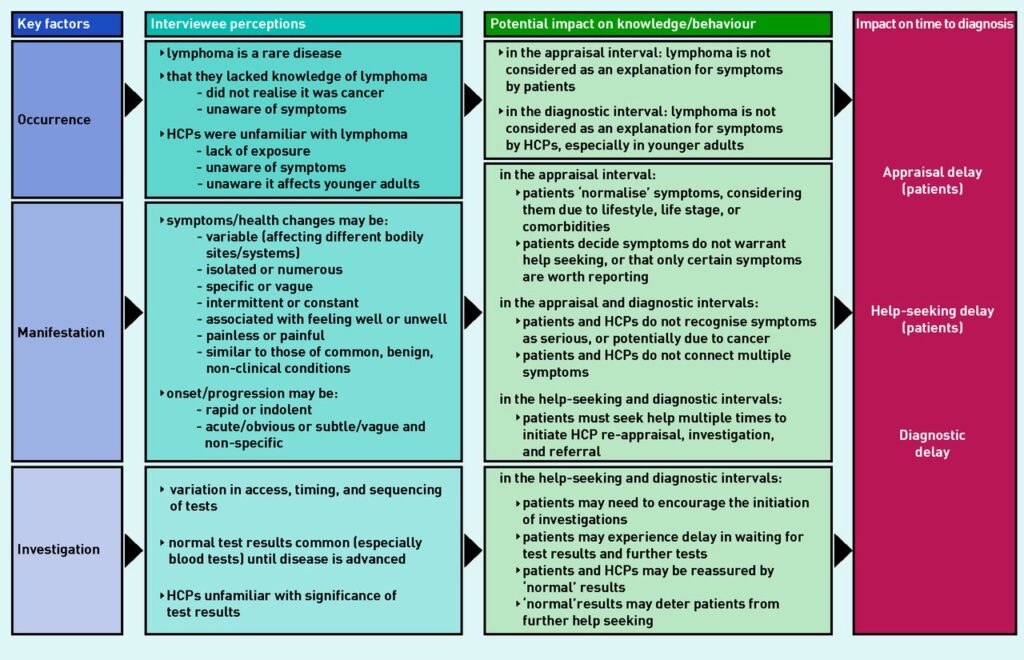Lymphoma, a type of cancer that affects the lymphatic system, is commonly abbreviated as NHL or HL depending on its subtype. This disease involves abnormal growth of lymphocytes, which are a critical part of the immune system. Understanding lymphoma requires delving into its various types, causes, symptoms, diagnostic methods, and treatment options. Below, we explore these aspects in detail to provide a comprehensive overview.

Types of Lymphoma
The classification of lymphoma is primarily divided into two major categories: Hodgkin Lymphoma and Non-Hodgkin Lymphoma. Each type has distinct characteristics, behaviors, and treatment approaches.
Hodgkin Lymphoma
Hodgkin Lymphoma is characterized by the presence of Reed-Sternberg cells, which are abnormal lymphocytes. This type of lymphoma typically starts in the lymph nodes located in the upper body, such as the neck, chest, or underarms. It tends to spread in an orderly fashion from one lymph node group to another. Hodgkin Lymphoma is considered highly treatable, especially when diagnosed early.
Non-Hodgkin Lymphoma
Non-Hodgkin Lymphoma encompasses a diverse group of lymphomas that do not involve Reed-Sternberg cells. These lymphomas can originate in either B-cells or T-cells, which are two types of white blood cells. Unlike Hodgkin Lymphoma, Non-Hodgkin Lymphoma often spreads unpredictably and can occur in lymph nodes throughout the body. There are many subtypes of Non-Hodgkin Lymphoma, each with unique features and prognoses.
Causes of Lymphoma
While the exact cause of lymphoma remains unknown, researchers have identified several factors that may increase the risk of developing this condition. These factors include genetic predisposition, environmental influences, and certain medical conditions.
Genetic Factors
Individuals with a family history of lymphoma or other cancers may have a higher risk of developing the disease. Specific genetic mutations or abnormalities can also contribute to the uncontrolled growth of lymphocytes.
Environmental Factors
- Exposure to Chemicals: Prolonged exposure to chemicals like pesticides, herbicides, and solvents has been linked to an increased risk of lymphoma.
- Radiation Exposure: People who have undergone radiation therapy for other cancers or have been exposed to high levels of radiation may face a greater likelihood of developing lymphoma.
Medical Conditions
Certain medical conditions, such as autoimmune disorders and immunodeficiency syndromes, can weaken the immune system and make individuals more susceptible to lymphoma. Additionally, infections caused by viruses like the Epstein-Barr virus and human immunodeficiency virus have been associated with an elevated risk of developing this cancer.
Symptoms of Lymphoma
The symptoms of lymphoma can vary depending on the type and stage of the disease. However, there are common signs that individuals should be aware of, as they may indicate the presence of lymphoma.
Swollen Lymph Nodes
One of the most noticeable symptoms of lymphoma is the swelling of lymph nodes, particularly in the neck, armpits, or groin. These swollen nodes are usually painless but may feel firm or rubbery to the touch.
Fever and Night Sweats
Unexplained fever and night sweats are frequently reported by individuals with lymphoma. These symptoms often occur without any apparent infection and may persist over time.
Weight Loss and Fatigue
Unexpected weight loss and persistent fatigue are additional warning signs of lymphoma. Individuals may experience a significant decrease in appetite and energy levels, even without engaging in strenuous activities.
Itching and Skin Rashes
Some people with lymphoma develop itching or skin rashes, which can occur due to the buildup of abnormal lymphocytes in the skin. These symptoms are more commonly associated with certain subtypes of Non-Hodgkin Lymphoma.
Diagnosis of Lymphoma
Diagnosing lymphoma involves a combination of physical examinations, laboratory tests, imaging studies, and biopsies. Accurate diagnosis is crucial for determining the appropriate treatment plan.
Physical Examination
A healthcare provider will begin by conducting a thorough physical examination to check for swollen lymph nodes, spleen enlargement, or other abnormalities. The patient’s medical history will also be reviewed to identify potential risk factors.
Blood Tests
Blood tests are performed to assess the overall health of the individual and detect any abnormalities in blood cell counts. Elevated levels of certain proteins or enzymes may indicate the presence of lymphoma.
Imaging Studies
- X-rays: Chest X-rays may reveal enlarged lymph nodes or other abnormalities in the chest area.
- CT Scans: Computed tomography scans provide detailed images of the body’s internal structures, helping to locate affected lymph nodes or organs.
- PET Scans: Positron emission tomography scans are used to identify areas of active cancer growth by detecting metabolic activity.
Biopsy
A biopsy is the definitive method for diagnosing lymphoma. During this procedure, a small sample of tissue is removed from an affected lymph node or organ and examined under a microscope. The presence of specific cell types helps determine whether the lymphoma is Hodgkin or Non-Hodgkin.
Treatments for Lymphoma
Treatment options for lymphoma depend on the type, stage, and overall health of the individual. A multidisciplinary approach involving oncologists, radiologists, and other specialists is often employed to tailor the treatment plan to the patient’s needs.
Chemotherapy
Chemotherapy involves the use of powerful drugs to destroy cancerous cells. It is one of the primary treatments for both Hodgkin and Non-Hodgkin Lymphoma. Chemotherapy regimens vary based on the aggressiveness of the disease and may include multiple cycles of treatment.
Radiation Therapy
Radiation therapy uses high-energy beams to target and kill cancer cells. It is often used in combination with chemotherapy or as a standalone treatment for localized lymphoma. Radiation therapy is particularly effective for early-stage Hodgkin Lymphoma.
Immunotherapy
Immunotherapy harnesses the power of the immune system to fight cancer. Monoclonal antibodies, such as rituximab, are commonly used to target specific proteins on the surface of lymphoma cells. This treatment approach has shown promising results, especially for certain subtypes of Non-Hodgkin Lymphoma.
Stem Cell Transplantation
Stem cell transplantation, also known as bone marrow transplantation, is used for individuals with aggressive or relapsed lymphoma. High-dose chemotherapy or radiation is administered to eliminate cancer cells, followed by the infusion of healthy stem cells to restore the bone marrow’s function.
Targeted Therapy
Targeted therapy focuses on disrupting specific pathways involved in the growth and survival of cancer cells. Drugs like ibrutinib and lenalidomide are examples of targeted therapies used to treat certain types of lymphoma. These treatments tend to have fewer side effects compared to traditional chemotherapy.
Watchful Waiting
In cases of slow-growing lymphoma, immediate treatment may not be necessary. Instead, doctors may recommend a “watchful waiting” approach, where the patient is closely monitored through regular check-ups and tests. Treatment is initiated only if symptoms worsen or the disease progresses.
Alternative and Supportive Therapies
While not curative, alternative therapies such as acupuncture, meditation, and dietary changes can help manage symptoms and improve quality of life. Supportive care, including pain management and psychological counseling, plays a vital role in addressing the emotional and physical challenges faced by individuals with lymphoma.





